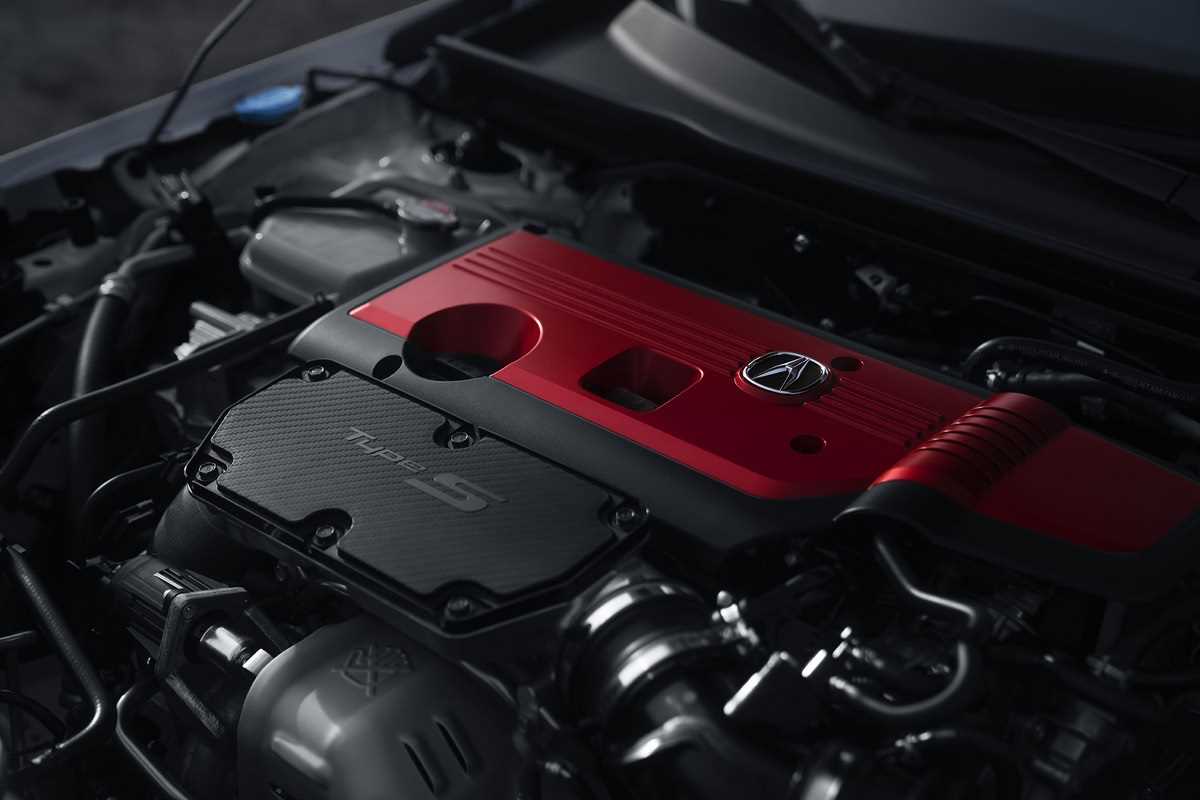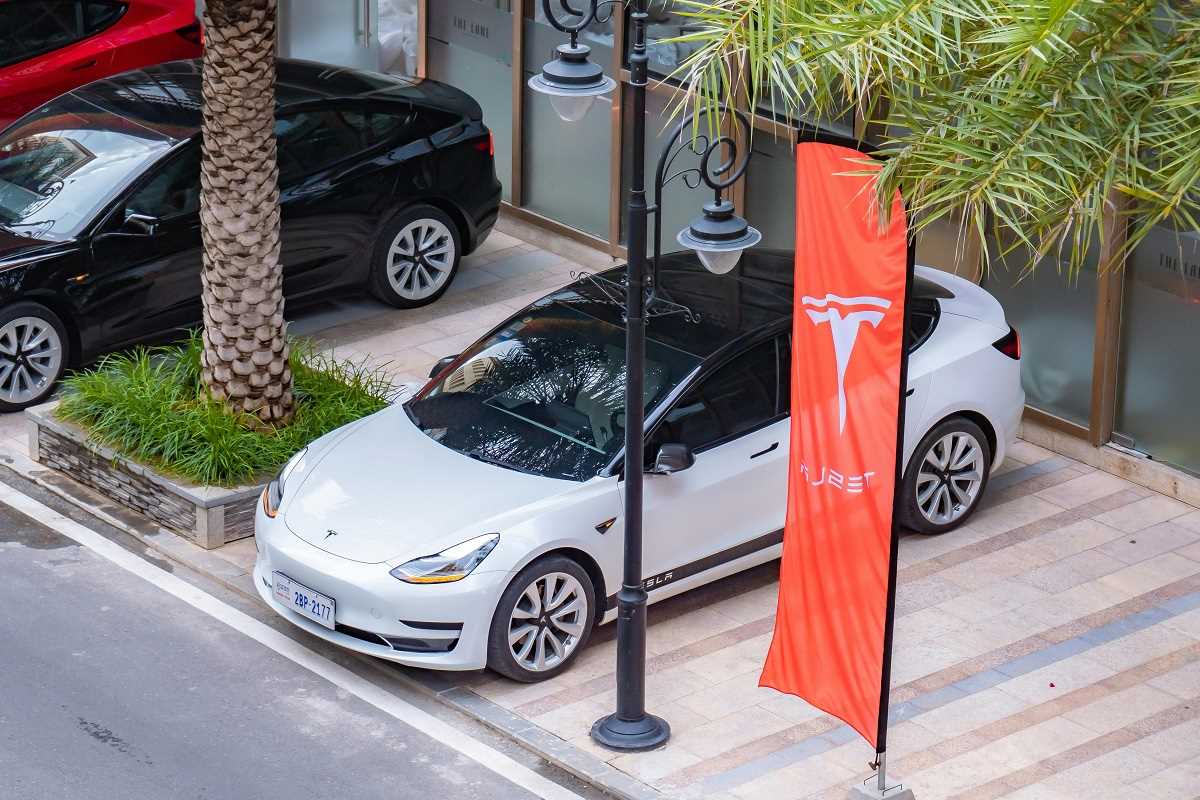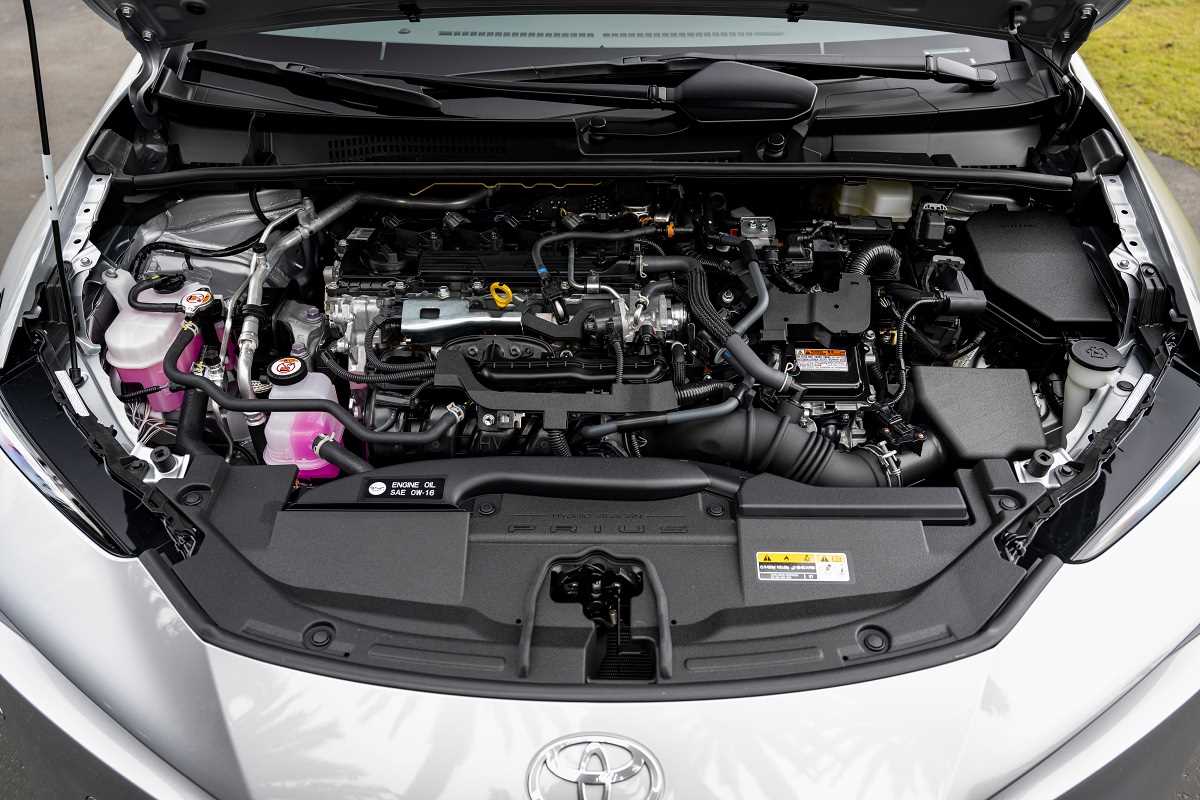If you’re interested in cars or engines, you’ve probably heard about turbo engines. Turbo engines are a special kind of engine used in cars, trucks, and even planes. They are known for their ability to produce more power and improve fuel efficiency without needing a much bigger engine. But how do they actually work? And what makes them so popular? Let’s break it down.
What Is a Turbo Engine?
A turbo engine, also called a turbocharged engine, is a regular engine with a “turbocharger” attached to it. The turbocharger is what makes the engine more powerful. It works by forcing extra air into the engine, which helps it burn more fuel. When you mix more air and fuel together, you get a bigger explosion in the engine. This explosion is what creates more power—and that means faster or stronger vehicles.
Without a turbocharger, an engine relies only on the air it naturally pulls in to mix with fuel. This is called a naturally aspirated engine. While naturally aspirated engines work well, they are not as efficient or powerful as turbocharged engines, especially if you want a smaller engine to perform like a bigger one.
The Key Components of a Turbo Engine
To understand how turbo engines work, you need to know the main parts of a turbocharger. These parts include the turbine, compressor, and intercooler, which work together as a team. Here’s how each part plays a role:
- The Turbine - The turbine is the part of the turbocharger that gets things moving. It is powered by exhaust gases—a waste product released when the engine burns fuel. Instead of letting the exhaust gases simply escape through the tailpipe, a turbocharger uses them to spin the turbine. Think of it like recycling energy that would otherwise go to waste.
- The Compressor - The compressor is attached to the turbine by a shaft. When the turbine spins, it drives the compressor. The job of the compressor is to suck in fresh air from outside the engine, compress it, and send it into the engine’s cylinders. Compressed air means more oxygen, which helps the engine burn fuel better and create more power.
- The Intercooler - Compressed air can get very hot. Hot air is less dense, meaning it doesn’t carry as much oxygen. That’s where the intercooler comes in. It cools down the compressed air before it enters the engine, making sure it’s dense and packed with oxygen. This improves the engine’s performance and prevents it from overheating.
How It All Works Together
When you press the gas pedal in a turbocharged car, here’s what happens:
- The engine burns fuel and creates exhaust gases.
- The exhaust gases spin the turbine.
- The spinning turbine powers the compressor.
- The compressor pulls in and compresses fresh air, then sends it to the engine.
- The intercooler cools the compressed air, ensuring it’s ready for the engine to use.
The result? More air and fuel enter the engine, creating bigger explosions and generating more power.
The Benefits of Turbo Engines
Turbo engines come with a lot of advantages, which is why so many vehicles use them today. Here are some of the main benefits:
- More Power - The biggest reason for using a turbo engine is the increase in power. A turbocharged engine can produce as much power as a bigger, naturally aspirated engine. For example, a small four-cylinder turbo engine can deliver performance similar to a much larger six-cylinder engine. This makes turbocharged vehicles quicker and more efficient.
- Better Fuel Efficiency - Turbo engines don’t just add power—they also use fuel more efficiently. Because a turbo engine can produce more power from a smaller engine, it burns less fuel overall. This is especially important in today’s world, where people are looking for cars that consume less gas to save money and reduce emissions.
- Lightweight Design - Turbocharging allows car manufacturers to build smaller, lighter engines without giving up performance. A lighter car uses less fuel and is easier to handle, making it a win-win for both drivers and engineers.
- Cleaner Exhaust - By using exhaust gases to power the turbine, turbo engines are better at reducing harmful emissions compared to older designs. This makes them an environmentally friendly choice compared to traditional engines.
Are There Any Downsides?
While turbo engines have many benefits, they’re not perfect. Here are a few challenges they can face:
- Turbo Lag: Turbochargers don't work instantly. It takes a moment for the turbine to start spinning fast enough to boost the engine. This delay is known as turbo lag, and it can make acceleration feel slightly delayed.
- Complexity: Turbocharged engines have more parts, which means they can be more expensive to repair if something goes wrong.
- Heat Management: Turbo engines generate a lot of heat, so they need strong cooling systems to prevent damage.
Despite these challenges, advances in technology have made turbo engines more reliable and widely available.
Turbo Engines in Action
Turbocharged engines are used in many vehicles, from sports cars to family SUVs to trucks. For example, modern performance cars like the Ford Mustang EcoBoost and hot hatchbacks like the Volkswagen Golf GTI use turbo engines for speed and fun driving. On the other hand, everyday cars like the Honda Civic and Ford F-150 offer turbo engine options to balance power with fuel efficiency.
Key Takeaways
Turbo engines are a fascinating example of engineering that combines power, efficiency, and innovation. By recycling exhaust gases to compress air, a turbocharger helps an engine produce more power without needing to grow in size. With benefits like better performance, improved fuel efficiency, and cleaner emissions, turbocharged engines have become a popular choice in the automotive world.
Whether you’re interested in cars as a hobby or just want to know more about how your vehicle works, understanding turbo engines gives you insight into one of the coolest technologies under the hood.
 (Image source: Honda)
(Image source: Honda) 

.jpg)



